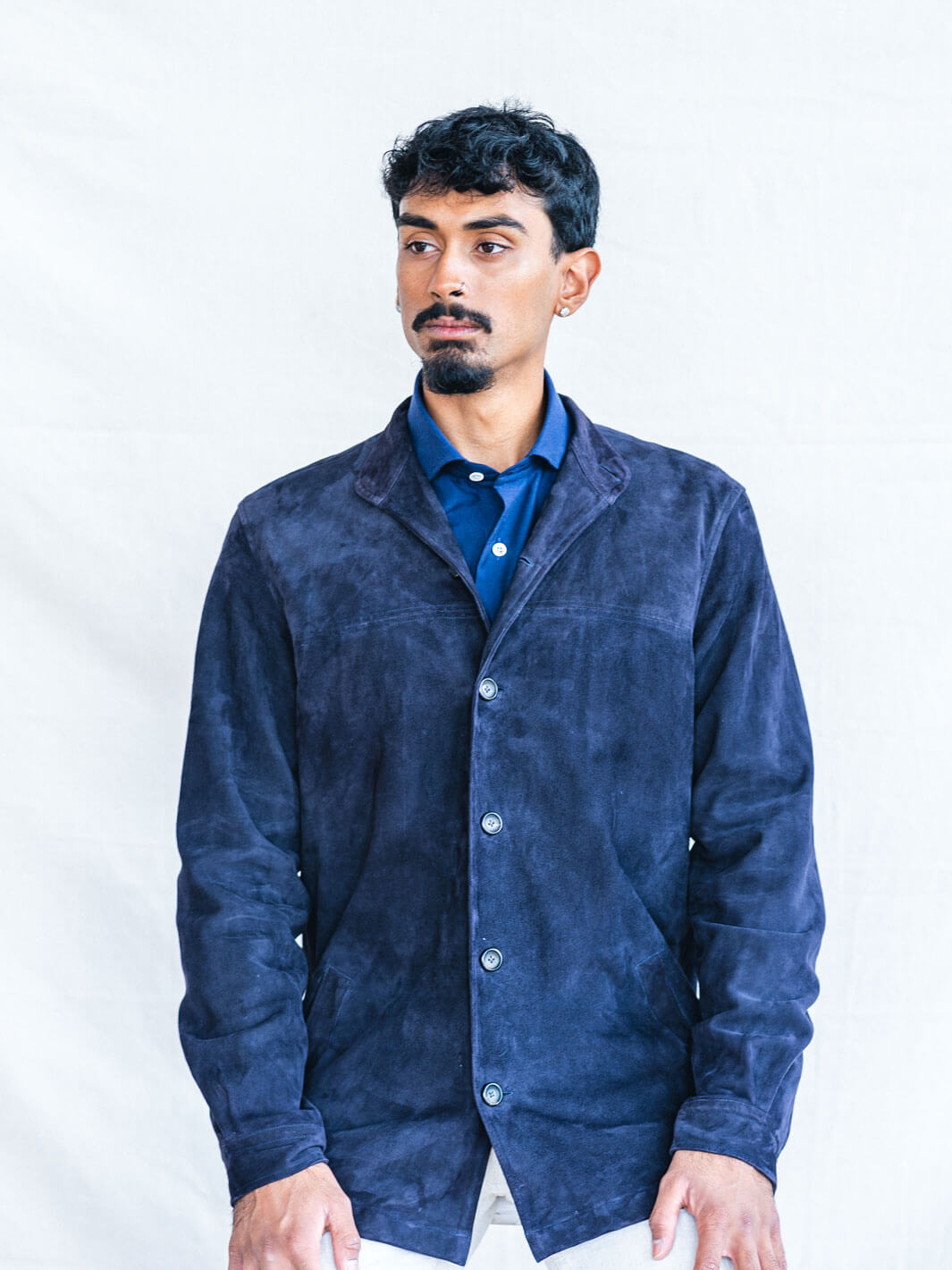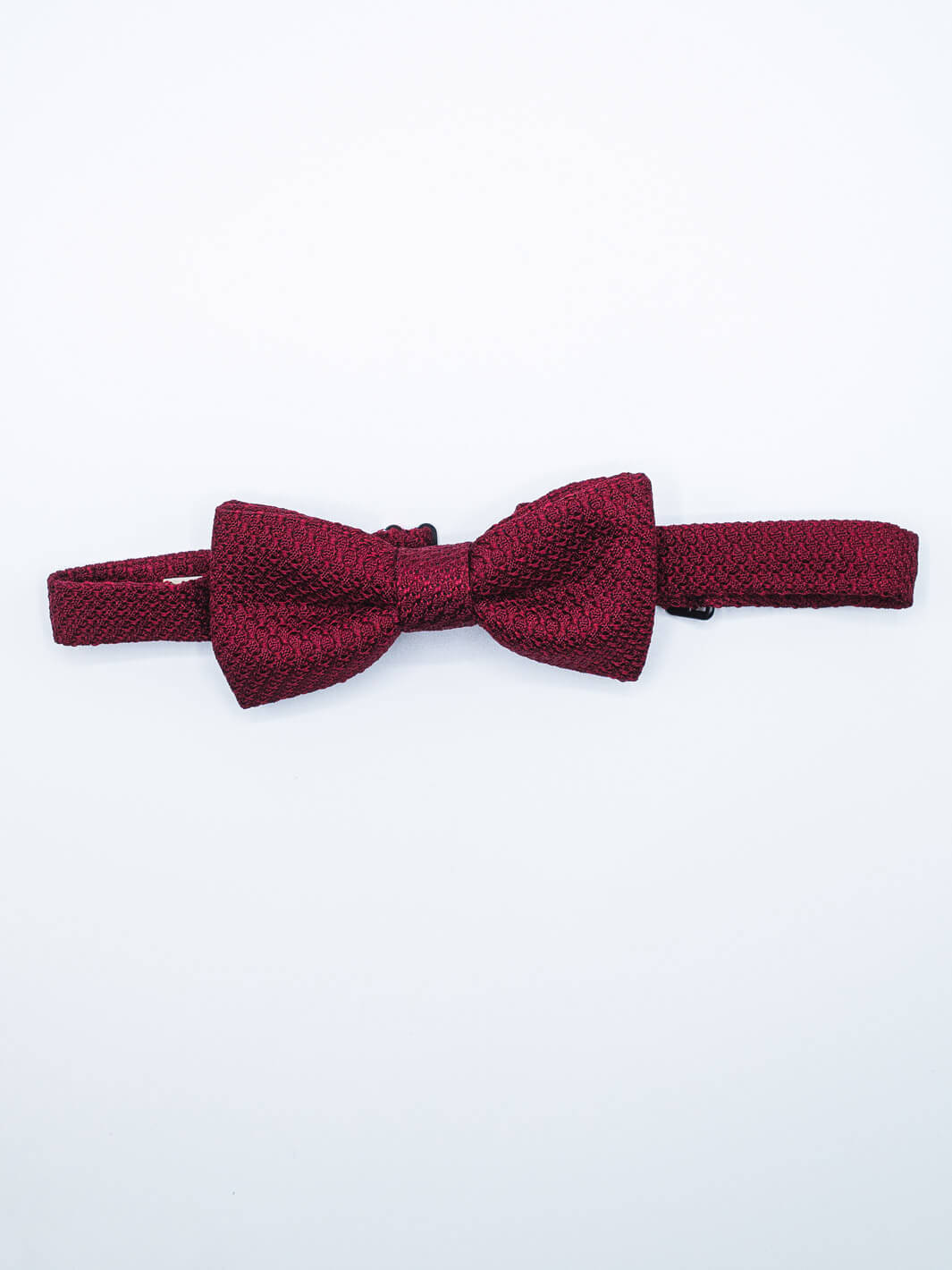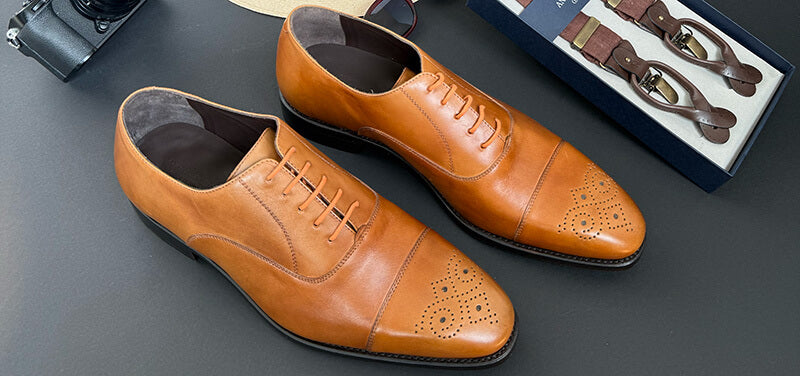Denim is arguably the most culturally influential fabric in history. From miners and cowboys to punks, hippies, pop stars, and skaters, it has been—and continues to be—embraced by an astonishingly diverse array of style tribes and ideological movements, each drawn to it for reasons of their own.
But what exactly fuels our enduring obsession with this timeless fabric — so iconic that it was once banned in the Soviet bloc for embodying everything the regime feared: Western freedom, individualism, and rebellion?
To understand how denim became such a global icon, you have to go back—way back—to the very beginning of its story…
The Origins of Denim
As is so often the case with sartorial history, denim’s eventful journey offers several possible points of departure.
One origin story takes us to the billowing sails that carried Christopher Columbus across the Atlantic in 1492. These were made from coarse, durable twill woven from hemp or flax—an early ancestor of denim in structure and spirit. Perhaps, then, the tale begins in Palos de la Frontera, the Spanish port from which his fleet first set sail.
Or does the story begin in the late 1600s, in the Occitanie region of southern France? There, the town of Nîmes produced a twill fabric called serge de Nîmes—serge meaning twill—which gave us the word “denim.” Similarly, the English word “jeans” likely derives from Gênes, the French name for Genoa, referring to the hardwearing cloth worn by sailors from the once-independent maritime republic, now part of Italy.
But it wasn’t until the 19th century that denim truly took the form we recognize today. In California, a Bavarian immigrant named Levi Strauss—proprietor of a San Francisco dry goods business—joined forces with Jacob W. Davis, a Latvian-Jewish tailor who had been using Strauss’s durable cotton fabrics to make wagon covers, tents, and blankets. Together, they created and patented denim trousers reinforced with copper rivets at key stress points—designed to endure the rigors of the Gold Rush and the American West. And so, jeans as we know them were born.
Blue Blooded: How Denim Became High Fashion
The Western genre—particularly John Ford’s 1939 classic Stagecoach—gave Levi’s 501s their first notable big-screen appearance, thanks to the swagger and screen presence of John Wayne. Historical accuracy took a back seat, of course: the film is set decades before Strauss and Davis’s invention of the jeans in the 1870s.
Soon after, young Americans from middle-class households began to take notice—“cottoned on,” so to speak. From that point on, jeans slowly began to carry a new meaning: rebellion. This association was solidified by Marlon Brando’s brooding biker in The Wild One (1953) and James Dean’s disaffected teen in Rebel Without a Cause (1954). So powerful was the symbolism of denim in postwar America that some schoolkids, faced with bans on jeans, resorted to bleaching them just to mask their telltale indigo hue.
An association with rebelliousness set in stone, it was only a matter of time before jeans in various shapes and forms would become ubiquitous on university campuses, at peace rallies and music festivals, and eventually in the dank milieus of subcultures such as punk and grunge. In time, even the fashion elite took notice: brands like Calvin Klein and Armani were among the first to elevate jeans into the world of high fashion.
Today, of course, jeans are everywhere—produced in countless styles, washes, cuts, and colors, and across a huge range of price points. Their place at the pinnacle of the style canon, meanwhile, is cemented not only by stylish offerings from the likes of Brunello Cucinelli and Tom Ford, but also by the existence of heirloom-worthy iterations such as selvedge denim, produced using old-style shuttle looms with self-finished edges that resist fraying.
Denim Jackets and Shirts: The Timeless Style Icons Above the Belt
Curiously, the denim jacket boasts a rich history of its own—one that intertwines with the story of jeans, yet meanders along its own distinct path.
A cousin of the chore coat, and often referred to as the “trucker jacket,” its tale begins in 1880 with the first riveted denim “Triple Pleat Blouse,” introduced by our friends at Levi Strauss & Co.—also known as the Levi’s Type I Jacket. Designed as a torso-shrouding companion to be worn alongside the work trousers that would eventually become known as “jeans,” it was introduced a few years after Levi’s patented their riveted denim pants in 1873, marking the jacket’s firm roots in utilitarian workwear.
Several iterations later, Levi’s 1962 “Type III” denim jacket distilled the defining features of what we now recognize as the classic form: a waist-length cut, a more tapered fit, and twin chest pockets accented by vertical “V” seams that angle toward the waistband.
By this point, denim jackets had cemented their place in the cultural imagination, thanks in no small part to popular icons—Steve McQueen, whose off-duty style helped define rugged cool in the 1960s, and Elvis Presley, who famously sported one in Jailhouse Rock (1957). It was only a matter of time before the garment made its way into high fashion, with early adopters including Jean-Paul Gaultier, Dolce & Gabbana, and Versace. Our Classic Denim Trucker Jacket channels that lineage with a clean, tapered cut in classic indigo and light blue options.
Curiously, its lightweight sibling, the denim shirt—first popularized in the 1980s—is a more versatile creature: the fact that Sean Connery, Michael Caine, and Daniel Craig all had theirs made to measure at Turnbull & Asser on Jermyn Street is testament to its ability to hold its own within a more formal guise. This Frontier Denim Western Shirt, meanwhile, leans unapologetically rugged, despite the exceptional craftsmanship invested in its creation (as seasoned sartorialists will note when they spot the selvedge-lined inside placket).
The New Denim: From Couture to Craft, and Everywhere In Between
The likes of Bottega Veneta, Gucci, and Versace have all turned their attention to denim shorts; a number of lesser-known boutique labels, meanwhile, have produced elegant rucksacks in the fabric. Sneakers, belts, tote bags… the multifarious ways in which this storied cloth is being reimagined today speak to its enduring strength and quiet sophistication. (Italian businessman, socialite, and style icon Lapo Elkann even commissioned a bespoke Ferrari upholstered in denim.)
And in an age of ever-more daring textile innovation, it will be fascinating to see where the denim story goes next. (Loro Piana, for instance, has already begun experimenting with silk-cotton denim blends.) Yves Saint Laurent famously once said, “I have often said that I wish I had invented blue jeans... They have expression, modesty, sex appeal, simplicity – all I hope for in my clothes.” We’re confident the French-born giant of haute couture would now apply those same words not just to jeans, but to the beguiling, endlessly adaptable cloth from which they’re made.









